How to choose meat at the market and in stores. Advice from a real butcher
Categories: Food and Drinks | Life hacks
PictolicThe user of the site peek-a-Boo under the name ArsenZa posted a story about how to choose the right meat: "When I wrote a post about tips and tricks of sellers in shops, then in the comments there was a lot of negative reviews about the fact that I insult the honest workers counter and generally butchers are no better, and the doctors are ignorant, it's all a nightmare.
It should be noted that these positions are not themselves the goal of educating vegans, which I'm pretty bad, or insult anyone, but are created in order to draw the reader's attention on important details, allowing you to save money and health".
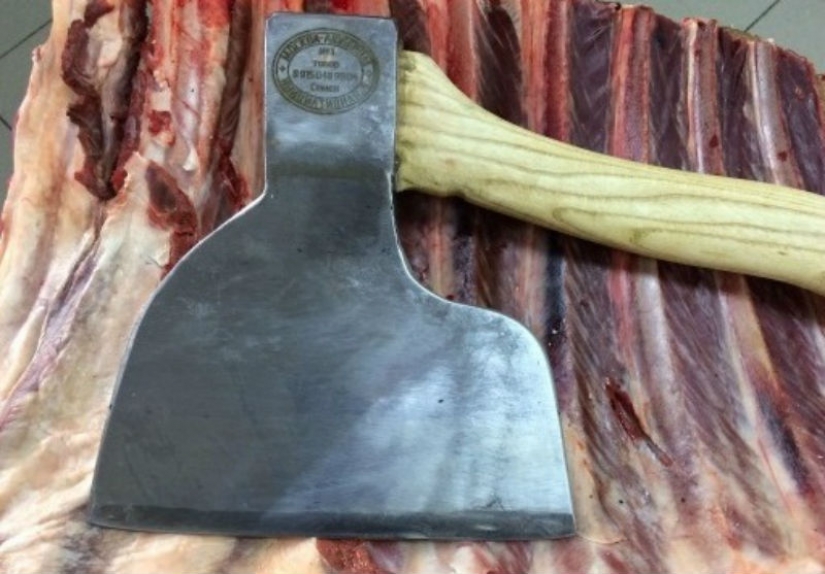 Source: Pikabu
Source: Pikabu
So, today a post about how to choose meat at the market and shop. And some of the tricks butchers.
Say at once — there is no consensus on where to take the meat. With hands or in the market often meat is natural and higher quality, but, on the other hand, the higher the risk of dangerous infectious diseases. In the store — the larger the store, the safer, but at the same time, the quality of meat and the taste often leaves much to be desired, and is often found dumbass meat cutting.
In any case, you should always carefully consider the choice, even if the place is "checked" and everything was fine. Here are some evaluation criteria:
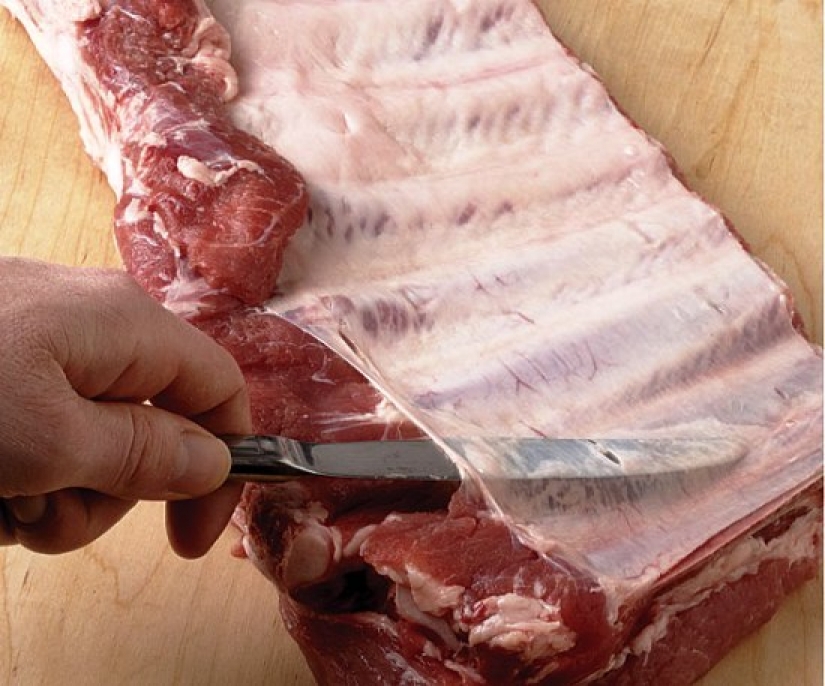 The presence of fascia (films, tendons, hymen)
The presence of fascia (films, tendons, hymen)
Every muscle in the body is covered with a thin connective tissue sheath. These films are quite difficult to remove, buyers dislike them, and yet this shell is a natural sign of quality. In stores and markets, when a piece of meat is delayed or starts to deteriorate, it cut off the top layer of 1-2 inches and continue to sell (by the way, cut the pieces frequently go in the stuffing, this too should be remembered). And so until then, until you sell or until there will be nothing to cut. Of course, employees of any hypermarket will say that this never happens, all the unsold meat is written off and disposed of in time. Who to believe, decide for yourself.
So, if you see a piece of meat, covered with three sides, fascia, and the piece from the films are very smooth — it is better to take with the films. And Yes, the film is a veterinary brand: the piece with uncut mark is particularly good. And Yes, I know that fresh meat is bad, it must be Mature enough to lay in, nevertheless, I think that it is better to buy meat fresh, at an early stage of maturation, it's safer.
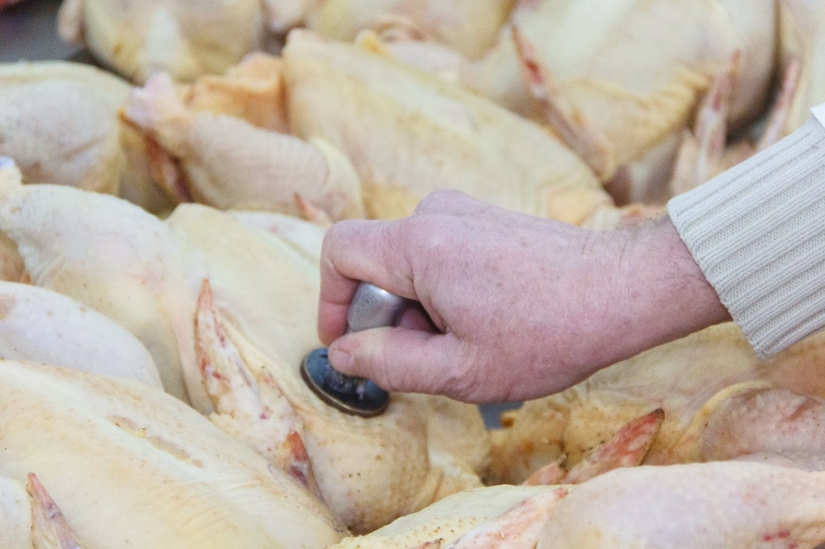 Veterinary brand
Veterinary brand
Yet it is mistakenly called a print. Carcass are four hallmarks. One for the shoulder and hip on each side of the carcass. The mark must be oval in shape with clearly visible six figures. The first pair is the number of the region (road numbers do not match regions), the second — the number of the district/city in the region, and the third number laboratory/slaughter/slaughterhouse. If at least one of the pairs are hardly distinguishable or indistinguishable meat "left." Unscrupulous traders in the course of the stigma of with cut figures or those who specifically leave a slightly blurred trail.
Some have left the mark with all the numbers, as expected, but the punishment for such a focus is much stricter, so it's rare. The mark number must correspond to the veterinary certificate form number 2 (the blue piece of paper of A5 format). It is clear that everything can be faked, but the nervous behavior of the seller (if you ask vysvetlit and will carefully consider the mark), we can assume that there is something fishy, and just not buy from this seller.
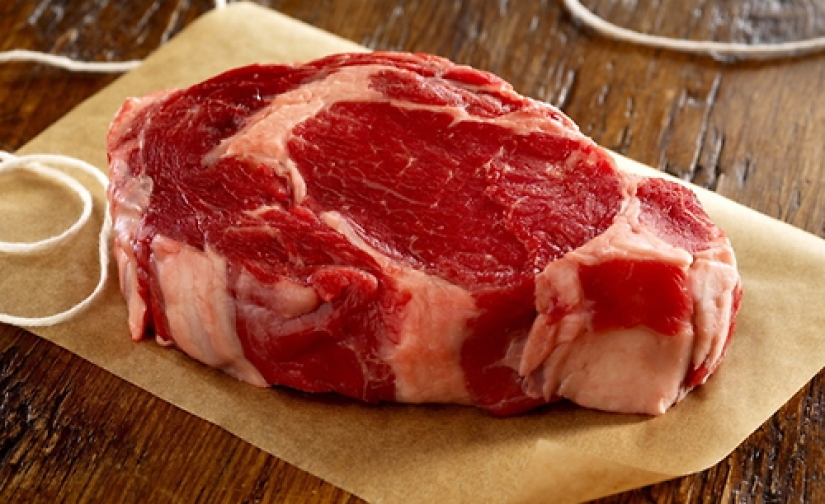 Bone size and the amount of fat
Bone size and the amount of fat
An important point to pork, lamb and veal. It should be remembered that too small bones suspiciously. No sane farmer will not clog youngsters is economically disadvantageous. Score "culling", that is sick, weak, injured animals. The chances of encountering something nasty increase substantially. Too large bones — too bad: old animal, perhaps a sow or a cow culled from the herd "age". These animals also produces excessive amounts of fat (some savvy sellers of beef be given for the "marbling").
Separately want to say about veal. It is often distinguished by the color of the meat, but it's not too right. The veal characteristic symptom except the color will be the lack of fat (he will not manage to secede), large bones (in normally developing healthy calf skeleton much faster than in muscle growth) at a much smaller amount of meat on them. I will add good veal is rare, more often, her appearance sell all sorts of crap, like under the guise of "piglets".
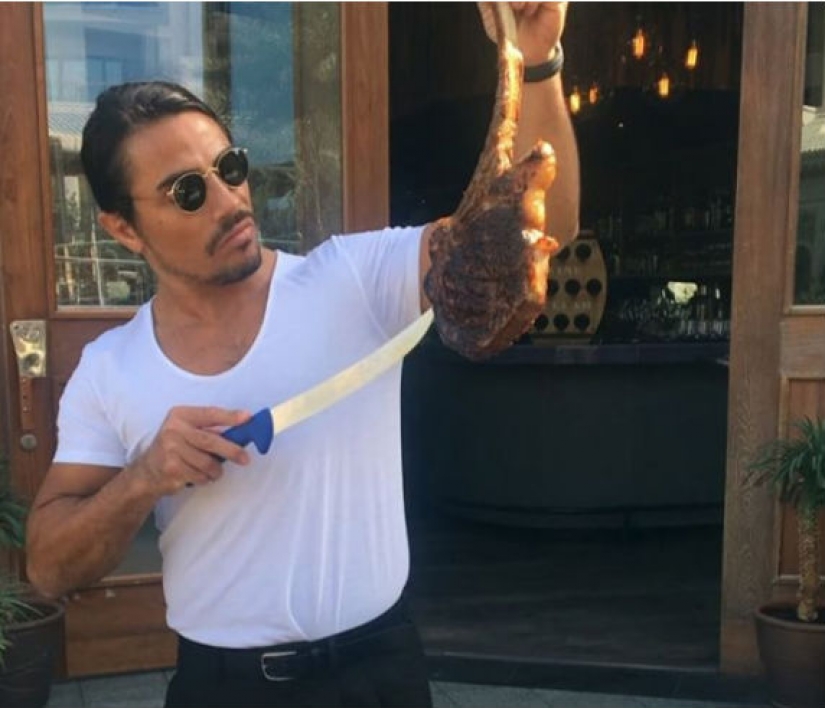 How to find a good butcher
How to find a good butcher
A good butcher can be seen on the deck. She had smooth (if the hack is sloppy, on the side where you cut, quickly formed basin), white — grated beef fat. This is an important criterion: the well-grated deck fat meat is not in contact with the tree, you will come across splinters. And Yes, if the butcher in the morning, rubbed the deck with fat, in the evening he would have her thoroughly clean and fill salt, otherwise it is tightly stink. So smooth, grated grease the deck — a sure sign of a responsible person who is knowledgeable about health regulations. Such a person can buy pork ribs and ask to cut "in cartridge" — most likely, the result will not disappoint you.
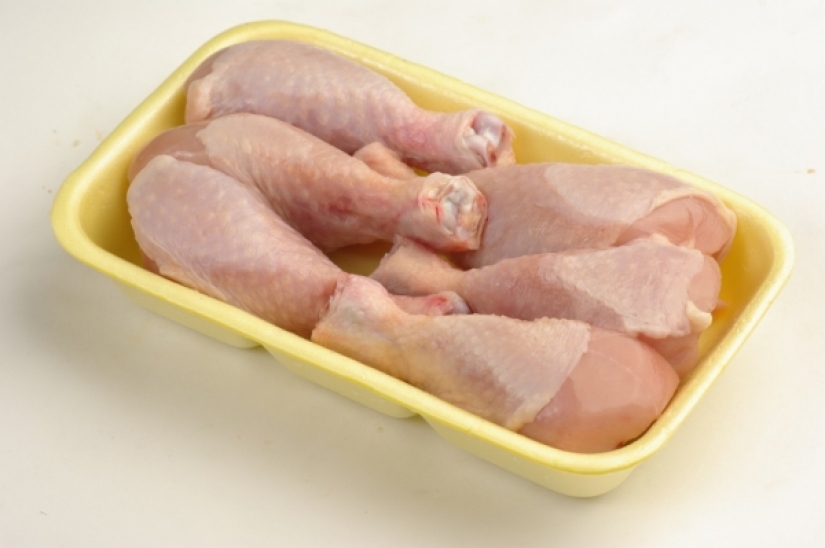 Buying pre-packaged meat
Buying pre-packaged meat
Provided intact packaging and correct labels/labels, the safety of this meat is higher (but not absolute, there is no guarantee of the negligence of packer or violation of temperature during storage/transportation). However, the higher the probability to buy a lot more bones/fat/tendons than it seems at first glance. Frequent frauds with a straight cut — not every human eye can distinguish a piece of ham on a slice of blades, etc. in large stores it is better to buy meat "cabinets" and ask the seller to show the meat on all sides.
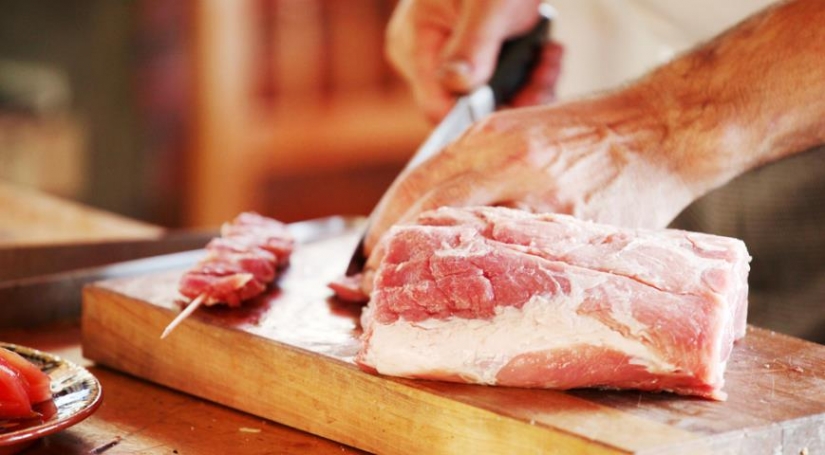 Bad meat cutting
Bad meat cutting
Very common in large stores. This is when the prefabricated bone more than it should be (the steak not cut the vertebral body, the left loin of the vertebral body and long fin), or when big and beautiful the piece actually has several tendons and the preparation will fall apart into several pieces. In the first case, you buy bone in meat price, the second is greatly reduced culinary value of meat and many dishes you can't cook.
Here I would mention disgusting industrial cut pork ribs, leaving only the intercostal muscles and the layer of meat above the ribs are cut to zero. Formally, these actions do not violate any norms and rules, in fact you are deceived by selling price of meat what should go in the stuffing and soup sets.
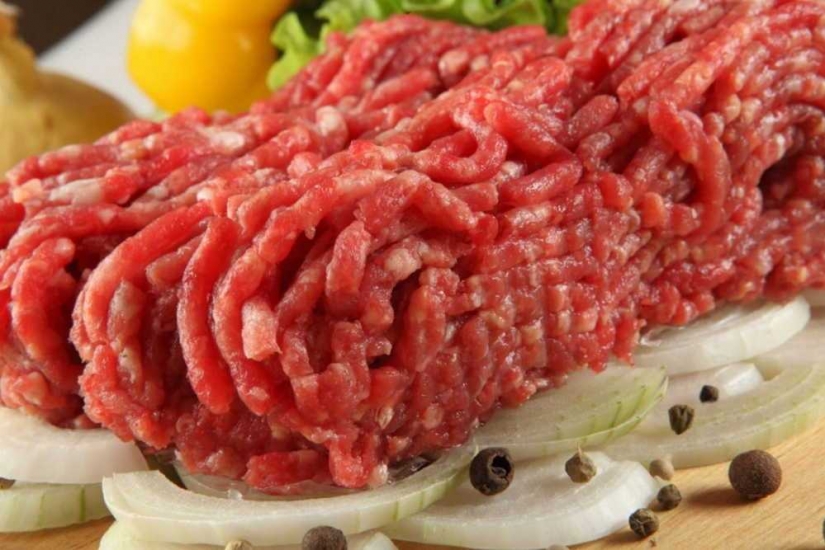 Buying meat
Buying meat
The stuffing in any case, the meat is sent to the third grade. In any place no one in their right mind let the meat good meat. The stuffing can be fresh and safe — but it's always the third grade. Want good meat buy the meat and make it is the Golden rule. If you bought the meat and ask them to grind it for you in the store, ask the meat grinder washed and collected with you, otherwise it could end badly.
Keywords: Butcher | Meat | Tips | Advice
Recent articles

In early 1960, American photographer and journalist Carl Midans, commissioned by LIFE magazine, made a series of stunning color ...

The seemingly dangerous photos were actually taken under the close attention of trainers. This is how the shots turned out with a ...
Related articles

Physics — school subject, the study of which many face problems. Of course physical knowledge, many learned the quote of ...

British beauticians shared shocking photos that show how sleeping on your side can cause wrinkles. The images show how the skin was ...

Approaching not only the time of holidays and fun, but also time of the flu. Every year the number of survivors increases, but the ...

Scenic and wild homeless have become an integral part of the landscape of the big city. Wherever there are horizontal any surface ...